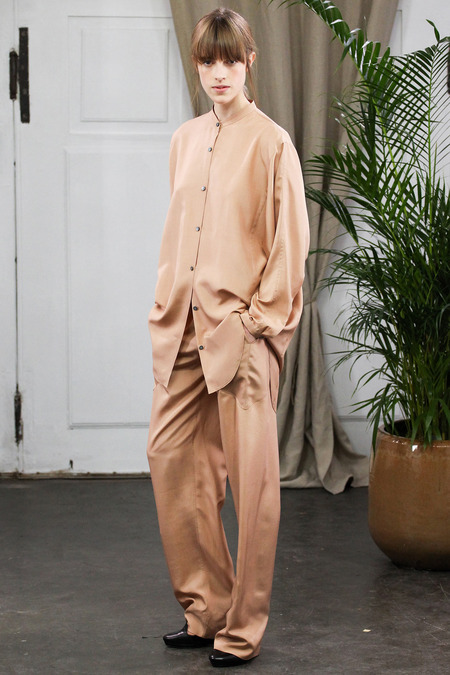From the Hindustani word “epae-jama”, it literally means “leg garment”. England, the port of entry for this new fashion, was already using them around 1625 in the way that is most commonly known to us today. But it wasn’t until the 19th century that they would spread more significantly to other countries, and it was only in the 20th century that their use would become more pervasive.Beach pajamas first appeared in 1920, when pants for women were still considered risky.
Worn by Coco Chanel in a photo for Vogue magazine taken in Deauville, her rival Jean Patou would also make them available to his customers. It was a time of merriment and insouciance, despite the depressed economy after the crash of ’29. The phenomenon would only grow even more in 1936 with the advent of paid holidays. James de Coquet described the new morals of the era in that same year, indicating that “it’s fashionable to be brown. The time when a woman endeavored to be pale, translucent, to demonstrate faces like precious porcelain lit up from the inside, has passed; today (she wants) to be burned toast, golden chestnut, or Josephine Baker […] It’s one of the most considerable revolutions that we’ve seen in feminine aesthetics.” To perfect this new hegemony of color and vacations, a vast migration towards Juan-Les-Pins in the south of France, nicknamed “Pajamaopolis”, would soon take place. Ignoring the straight lines of the 20s and 30s, the town became the launch pad for “French Riviera fashion”, espousing the woman’s shapes to better reveal them, and characterized by the use of light primary materials and joyful, contrasting colors. Pajamas at that time consisted of a corsage made of a triangle fastened around the neck by a clasp and in the back by a knot, worn over wide pants that were cinched at the waist.
The progressive arrival of swimsuits on the beaches were the only reason that pajamas’ daytime use came to a halt. It wasn’t until the 60s that they would finally return. Irène Galitzine was one of the pioneers of this comeback, and found success precisely due to her famous “Palazzo Pajamas”. Her close colleague Elisa Schiaparellia purified and also developed the potential of pajamas with a style made for eating out who’s legs are so wide that you can hardly distinguish their separation. This disconcerting trend of daytime pajamas that resurged last year and continues to pop up in several forms on the runways is once again a return to the fashions of yesteryear, something Marc Jacobs is a pro at as he so adeptly demonstrated at Louis Vuitton’s Spring/Summer 2014 men’s runway show in Paris.

Leave a Reply